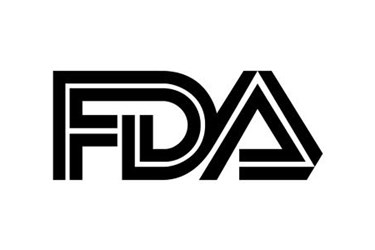FDA Finalizes 510(k) Requirements For HMMD Manufacturers
By Nick Otto

Manufacturers of highly multiplexed microbiological/medical countermeasure in vitro nucleic acid-based diagnostic devices (HMMDs) should be ready to justify their performance characteristics in 510(k) or de novo submissions, according to recently finalized FDA guidance.
HMMDs help in the diagnosis of a variety of infections. The multiplex level used to define them in the new guidance is “the capability to detect ≥20 different organisms/targets, in a single reaction, using a nucleic acid-based technology and involves testing multiple targets through a common process of specimen preparation, amplification and/or detection and result interpretation.”
When submitting applications, device makers need to identify the legally marketed predicate as well as include a table showing similarities and differences between the 510(k) candidate and its comparators, the new guidance says.
Device makers are also asked to list in the intended use section of their submissions the pathogens or drug resistance markers that the test intends to detect, whether it looks at DNA, RNA, or both, as well as the “the specific population(s) for which the test is intended,” the guidance notes.
Additionally, the FDA goes on to spell out several requirements device makers should consider in their test methodology, including: test platforms, specimen collection and handling methods, how to interpret test results, and internal and external controls.
Submissions should include how the device addresses risk factors such as cross-contamination, placement and identity of assay features, false positives, and the possibility of mutations within the target organism, the guidance states.
The Regulatory Affairs Professionals Society points to the FDA’s concern that HMMDs are “not without risk,” and that the agency recommends that both positive and negative controls should be used during testing.
“In general,” the guidance notes, “external positive and negative controls should be run during the analytical and clinical studies as they are necessary to monitor the ongoing performance of the entire testing process.”
During presubmission planning, device makers are urged to consult with the agency on the use of appropriate specimens and on whether certain specimen types should be combined as equivalents. Submissions should also include whether a device’s sensitivity changes when used with frozen specimens versus fresh specimens, as well as the effects both storage temperature and repeated freeze/thaw cycles have on assay performance.
The draft guidance was issued in November 2012.
